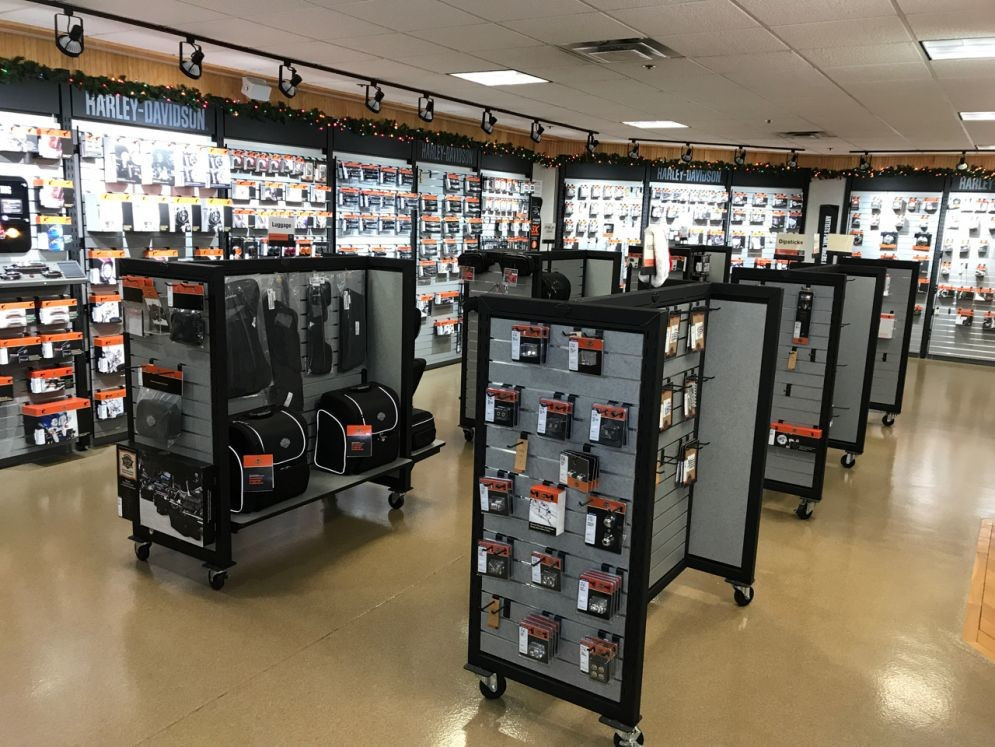Let Loose Performance with Premium Motox Parts NZ Available Here
Let Loose Performance with Premium Motox Parts NZ Available Here
Blog Article
Understanding the Crucial Parts of a Motorbike: A Comprehensive Overview for Enthusiasts
For motorcycle lovers looking to elevate their riding experience and ensure their bikes run smoothly, comprehending the vital elements of a bike is extremely important. Each component, from the engine's elaborate workings to the critical role of the stopping devices, not only impacts efficiency however likewise safety and comfort.
Engine Parts

The camshaft plays an essential duty in regulating the timing of the engine's valves, making sure the specific opening and closing needed for effective fuel and air consumption, as well as exhaust expulsion. This timing is essential to keeping ideal engine efficiency and efficiency. In addition, the carburetor or fuel shot system, relying on the bike version, is in charge of mixing air with fuel in the proper ratio for combustion.
The cooling system, either air or liquid-based, functions to maintain the engine's temperature level within functional limitations, preventing getting too hot and ensuring long life - motorcycle shop. Each element, meticulously designed and integrated, adds to the seamless procedure of the engine, specifying the motorcycle's power result and total efficiency
Transmission System
Essential to the motorbike's functionality, the transmission system guarantees efficient power transfer from the engine to the wheels. This system consists of several crucial elements, including the clutch, transmission, and last drive, each playing a vital duty in converting the engine's power into motion. The clutch, normally operated by a hand lever, offers to disengage the engine and involve from the transmission, enabling smooth equipment changes and controlled velocity.
The transmission, often referred to as the transmission proper, has a set of gears that motorcyclists can by hand change with to adjust the bike's rate and torque output. These equipments are organized in a sequence that enables the bike to accelerate efficiently and maintain ideal engine efficiency throughout numerous speeds. Most motorbikes utilize a consecutive gearbox, needing the rider to move gears in a predetermined order.
Braking Mechanisms
While understanding the transmission system is key to utilizing a motorbike's power, similarly crucial is the capability to manage and stop that power efficiently, which is where braking mechanisms come right into play. Brakes are crucial for security and performance, supplying the motorcyclist with the necessary control to browse different terrains and conditions. Generally, motorbikes include two sorts of stopping systems: disc brakes and drum brakes.
Disc brakes are extra common in contemporary motorcycles due to their exceptional efficiency. They are composed of a brake disc, caliper, and pads. When activated, the caliper squeezes the brake pads against the spinning disc, converting kinetic energy into warm, therefore slowing the wheel. This system uses much better warm dissipation, regular efficiency, and enhanced quiting power, especially in wet conditions.
On the other hand, drum brakes, though less typical, are still discovered in some motorbikes. They work by pressing brake shoes against the internal surface of a drum affixed to the wheel. While usually much less reliable in warm dissipation and stopping power, drum brakes are easier and extra cost-efficient.
Comprehending these braking systems' nuances allows cyclists to keep their motorcycles correctly and value the design that makes sure safe and efficient stopping.
Suspension and Steering
Suspension and steering systems are vital elements that significantly affect a motorcycle's handling and trip comfort. The suspension system, containing forks at the front and shock absorbers at the rear, absorbs road irregularities, boosting stability and control. Front forks, upside down or generally telescopic, compress and rebound to mitigate impacts, while rear shock absorbers maintain tire contact with the roadway, critical for grip and safety and security.
Steering, focused around the handlebars, connects the motorcyclist to the motorbike's directional control. The guiding head bearings make certain smooth operation, enabling specific maneuverability. Appropriate placement and upkeep of these bearings are important for foreseeable steering action and minimizing biker fatigue.
The suspension's adjustability is another essential element; preload, damping, and rebound setups permit personalization to fit various riding styles and conditions. This versatility is essential for maximizing performance, whether navigating city roads or taking on sturdy routes. Technologies like digital shock absorber provide real-time changes, enhancing ride top quality throughout diverse terrains.

Electrical Equipments
After ensuring a smooth and controlled experience with efficient suspension and steering systems, focus turns to the electrical systems, an find out here now essential aspect of modern motorbikes. These systems play a critical role not just in starting the engine however also in powering various elements that enhance the performance and safety and security of the motorcycle.
At the heart of a motorcycle's electrical system is the battery, which stores electric power needed for starting the engine and powering complementary systems - motocross gear nz. The generator or generator, combined This Site with the rectifier-regulator, makes certain the battery stays charged while the motorcycle functions, converting power right into electrical energy and preserving voltage levels
The ignition system, an additional crucial component, is accountable for igniting the air-fuel mixture in the engine's cylinders. Modern motorbikes usually utilize a digital ignition system, providing higher effectiveness and reliability compared to standard systems.
Illumination systems, consisting of headlights, tail lights, and indications, are likewise crucial, ensuring visibility and security for the rider. Extra electronic parts such as sensing units, control units, and displays add to innovative features like gas injection administration, anti-lock stopping systems (ABDOMINAL MUSCLE), and digital dashboards, even more enhancing the riding experience.
Conclusion
A detailed understanding of a motorbike's essential components, including the engine, transmission system, stopping systems, suspension, guiding, and electrical systems, is vital for fanatics aiming to optimize convenience, safety and security, and efficiency. Proficiency of these aspects permits educated choices relating to upkeep and upgrades, eventually boosting the riding experience. By incorporating this knowledge, riders can ensure their motorcycles run at peak performance and dependability, thus taking full advantage of both satisfaction and longevity of their cars.
For bike lovers looking to raise their riding experience and guarantee their bikes run smoothly, understanding the her explanation vital components of a motorbike is paramount.Essential to the motorbike's performance, the transmission system makes certain reliable power transfer from the engine to the wheels.While understanding the transmission system is crucial to using a motorcycle's power, similarly crucial is the ability to manage and quit that power efficiently, which is where stopping mechanisms come right into play. Generally, motorbikes feature two kinds of braking systems: disc brakes and drum brakes.
An extensive understanding of a motorbike's necessary components, consisting of the engine, transmission system, braking systems, suspension, guiding, and electrical systems, is indispensable for enthusiasts aiming to optimize performance, safety, and comfort.
Report this page